Struggling with English grammar? Don’t worry, you’re not alone! Many people find grammar challenging, but with consistent effort and the right strategies, you can significantly improve your writing skills. This guide provides 15 practical tips to help you conquer common grammar pitfalls and write with greater clarity and confidence.
We’ve broken down complex grammar concepts into digestible chunks, focusing on actionable advice you can implement immediately. Whether you’re a student, professional, or simply aiming to improve your communication skills, these tips will help you polish your writing and boost your overall effectiveness.
-
Master Subject-Verb Agreement
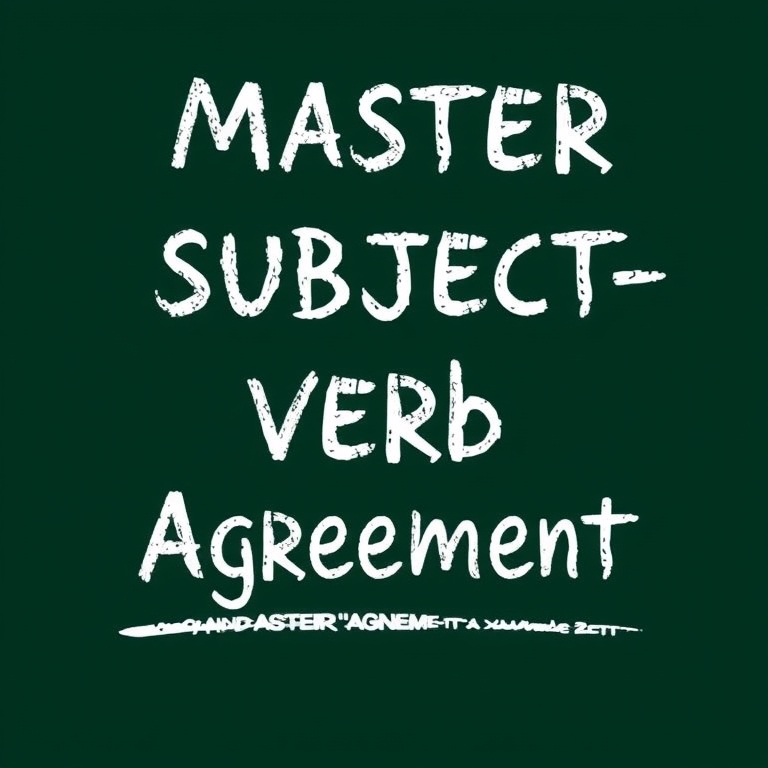
Master Subject-Verb Agreement Mastering subject-verb agreement is crucial for clear and concise writing. Singular subjects take singular verbs, while plural subjects take plural verbs. Remember that the verb must agree with the subject, not with any intervening phrases. This foundational rule forms the bedrock of grammatical correctness.
Tricky cases often involve compound subjects. When joined by ‘and,’ they usually take a plural verb. However, when connected by ‘or’ or ‘nor,’ the verb agrees with the subject closest to it. Collective nouns like ‘team’ or ‘group’ can be tricky; they take a singular verb if referring to the group as a unit, and a plural verb if referring to the individual members.
Another common challenge arises with indefinite pronouns like ‘everyone,’ ‘someone,’ and ‘nobody.’ These always take singular verbs, regardless of how they might sound. Similarly, phrases starting with ‘each,’ ‘every,’ or ‘many a’ generally take a singular verb. Practice identifying these frequently misused pronouns.
Finally, inverted sentences can initially cause confusion. In sentences beginning with ‘there is’ or ‘there are,’ the verb agrees with the noun that follows. Pay close attention to sentence structure and the actual subject to avoid errors. Consistent practice and careful attention will significantly improve your subject-verb agreement skills.
-
Punctuation Power: Master the Comma
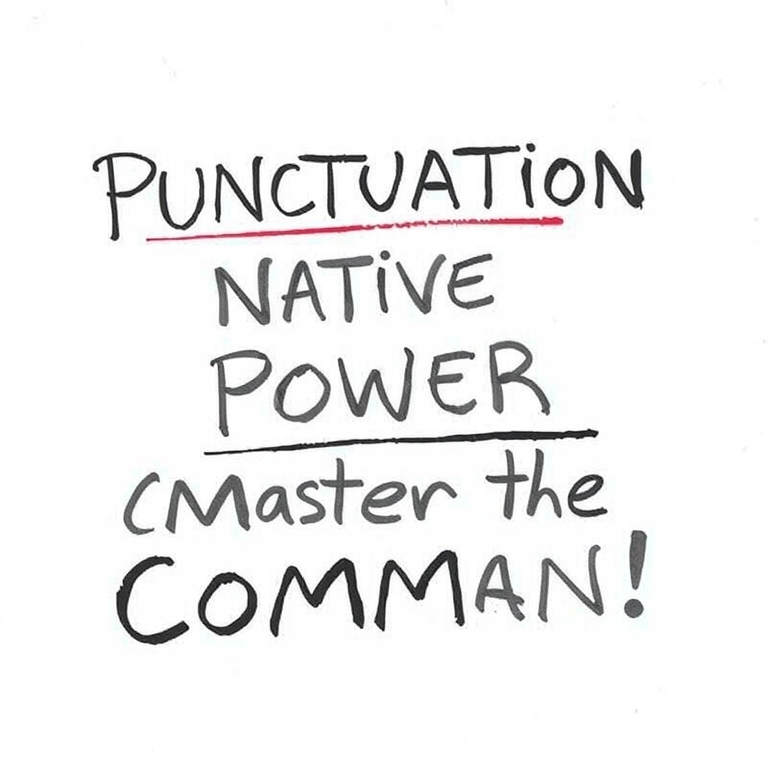
Punctuation Power: Master the Comma Mastering the comma dramatically improves clarity and precision in your writing. Avoid comma splices—don’t join two independent clauses with only a comma. Instead, use a semicolon, a conjunction (and, but, or, nor, for, so, yet), or separate them into two distinct sentences. Remember, a comma often follows introductory phrases or clauses before the main subject.
Commas separate items in a list. For example, ‘I bought apples, bananas, and oranges.’ Note the Oxford comma (the comma before ‘and’); style guides vary, but its inclusion prevents ambiguity. Use commas to set off nonessential phrases or clauses—words that add detail but aren’t crucial to the sentence’s meaning. For instance, ‘My friend, who lives in Paris, is visiting next week.’
Learn to use commas with coordinating conjunctions to join independent clauses. This creates a smoother flow and better readability than using only a conjunction. For example, instead of ‘I went to the store and I bought milk,’ try ‘I went to the store, and I bought milk.’ This adds a slight pause for better comprehension. Practice identifying these grammatical structures within your own writing.
Use commas to separate contrasting elements within a sentence. For example, ‘She was tired, yet happy.’ Commas also set off direct quotations, such as ‘He said, “Hello there!”’ Consistent comma usage enhances the professionalism and readability of your writing. Regular practice and careful attention to detail will help you master this essential punctuation mark.
-
Tense Consistency: Stick to One Time

Tense Consistency: Stick to One Time Maintaining consistent verb tense is crucial for clear and effective writing. Shifting tenses unnecessarily confuses the reader and disrupts the flow of your sentences. Stick to the past tense when recounting events, the present tense for general truths, and the future tense for predictions. Remember to check your work carefully for any unintentional tense changes.
One simple trick is to identify the main verb in your first sentence. Use this tense as your guide for the rest of the paragraph. If you find yourself switching tenses, ask if the change truly reflects a shift in time. Often, a consistent tense will suffice and create stronger writing.
Consider using past perfect (had + past participle) to indicate actions completed before another past action. Similarly, the present perfect (has/have + past participle) shows actions completed before now, still relevant. Learning to use these subtly adds sophistication to your writing.
Practice regularly to improve your sense of tense consistency. Read your writing aloud to identify awkward tense shifts. Online grammar tools can help you find and correct errors. With consistent effort, maintaining correct tense becomes second nature.
-
Pronoun Agreement: He, She, It, They

Pronoun Agreement: He, She, It, They Mastering pronoun agreement—matching pronouns (he, she, it, they) to their antecedents (the nouns they replace)—is crucial for clear writing. Singular nouns take singular pronouns (he, she, it), while plural nouns require plural pronouns (they). Incorrect agreement confuses the reader and undermines your credibility. Pay close attention to the number of the noun you’re referring to.
Tricky situations arise with collective nouns (team, group). These can be singular or plural depending on whether you’re emphasizing the group as a unit or its individual members. ‘The team is playing well’ (singular) versus ‘The team are arguing amongst themselves’ (plural). Context is key to making the correct choice.
Pronoun agreement also extends to indefinite pronouns (everyone, someone, anybody). These are always singular, even though they might seem to refer to multiple people. ‘Everyone should bring their own lunch’ is grammatically incorrect; instead use ‘his or her’ or rephrase to avoid the problem altogether. Aim for clarity in your choice of words and phrases.
When dealing with compound subjects joined by ‘and,’ use a plural pronoun. If joined by ‘or’ or ‘nor,’ use the pronoun that agrees with the closest subject. This rule helps to maintain consistent grammatical structure and prevents confusion. Practice these rules consistently to improve your writing skills and produce a clearer message.
-
Avoid Run-on Sentences
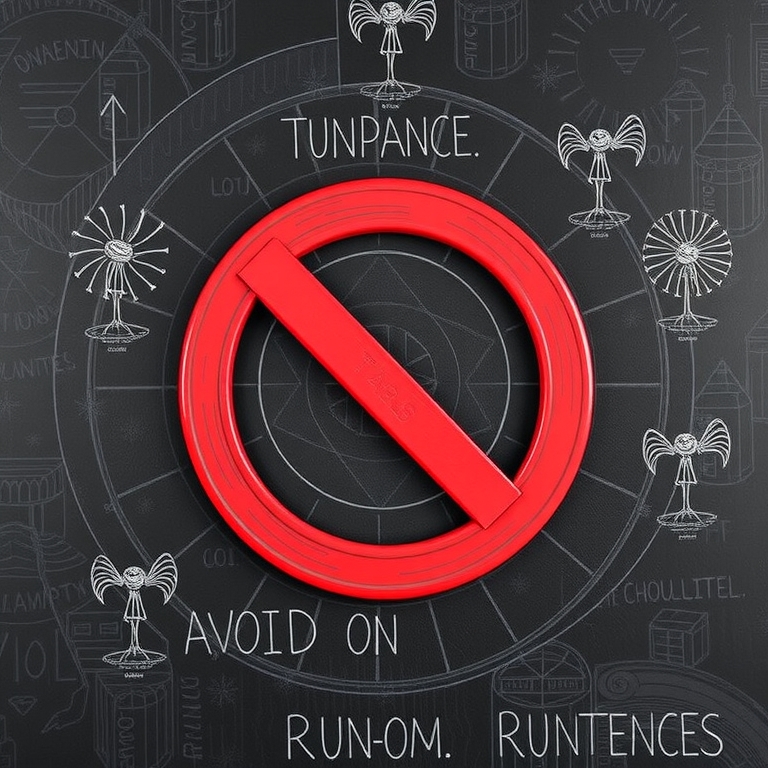
Avoid Run-on Sentences Run-on sentences, also known as comma splices, are a common grammar mistake. They occur when two or more independent clauses are joined incorrectly, often with only a comma. To correct this, use a semicolon, a conjunction (like ‘and’ or ‘but’), or separate them into different sentences.
Consider sentence length. Short, concise sentences are generally easier to read and understand. Vary your sentence structure to maintain reader interest. Avoid overly long sentences that can confuse or lose the reader.
Learn to identify independent clauses. An independent clause has a subject and a verb and can stand alone as a sentence. Practice breaking down complex sentences into shorter, simpler ones. This will help you spot and avoid run-on sentences.
Using transitions effectively can improve clarity and flow. Words like ‘however,’ ‘therefore,’ and ‘moreover’ can smoothly connect related ideas. Mastering these techniques will lead to more polished and grammatically correct writing.
-
Sentence Fragments: Complete Your Thoughts

Sentence Fragments: Complete Your Thoughts Sentence fragments are incomplete sentences lacking a subject or verb, or both. They often appear as afterthoughts or dependent clauses standing alone. To correct them, add the missing element(s) or combine them with a nearby complete sentence.
Consider the fragment, ‘Running swiftly through the park.’ Adding a subject yields, ‘The runner was running swiftly through the park.’ Alternatively, make it a complete sentence by adding a verb and object: ‘The dog ran swiftly through the park, chasing a squirrel.’ Simple additions or modifications often suffice.
Another common fragment type involves dependent clauses, such as ‘Because it was raining.’ Correct this by adding an independent clause: ‘Because it was raining, the game was postponed.’ Or, revise to a stand-alone sentence: ‘The rain postponed the game.’
In formal writing, avoid fragments entirely for clarity. Practice recognizing fragments by reading your work aloud—pauses and incomplete thoughts often signal errors. Use a grammar checker as a second pair of eyes but always double-check its suggestions before relying on them completely.
-
Dangling Modifiers: Clarify Your Meaning

Dangling Modifiers: Clarify Your Meaning Dangling modifiers create confusion by not clearly connecting to the intended subject. A misplaced phrase can dramatically alter the meaning of your sentence. Ensure your introductory phrase directly modifies the subject that immediately follows.
For example, ‘Walking down the street, the dog barked loudly’ is incorrect. The dog isn’t doing the walking. Correct it to ‘Walking down the street, I heard the dog bark loudly’ or ‘As I walked down the street, the dog barked loudly’. Note the clear connection between the action and the subject.
Another common mistake involves participial phrases. Phrases beginning with ‘-ing’ words often cause dangling modifiers. Always check that the subject performing the action in the phrase is the same as the subject of the main clause.
To avoid ambiguity, be concise and place the modifier as close as possible to the modified subject. Rewording sentences often helps clarify meaning. Practice consistently identifying and correcting these errors in your own writing and editing.
-
Parallel Structure: Maintain Consistency

Parallel Structure: Maintain Consistency Parallel structure, using the same grammatical form to express related ideas, improves clarity and readability. It creates a sense of balance and rhythm in your writing. For instance, instead of ‘She enjoys swimming, to hike, and biking,’ write ‘She enjoys swimming, hiking, and biking.’ This consistent use of gerunds makes the sentence flow smoothly.
Vary your parallel structures to avoid monotony. You can use parallel nouns, verbs, adjectives, or phrases. Consider sentences like ‘He is intelligent, kind, and compassionate,’ or ‘The recipe calls for flour, sugar, and eggs.’ Experiment with different parts of speech to create variety.
Pay close attention to coordinating conjunctions (and, but, or, nor, for, so, yet) when using parallel structure. These words connect parallel elements, and incorrect usage disrupts the parallel structure. Avoid mistakes like ‘She is not only intelligent but also kind and compassionate,’ which is better rewritten as ‘She is both intelligent and kind and compassionate.’
Mastering parallel structure enhances the precision and elegance of your writing. Practice identifying and correcting parallel structure errors. When proofreading, check for inconsistencies in grammatical form. With consistent effort, you will significantly improve the clarity and professionalism of your writing.
-
Apostrophes for Possessives
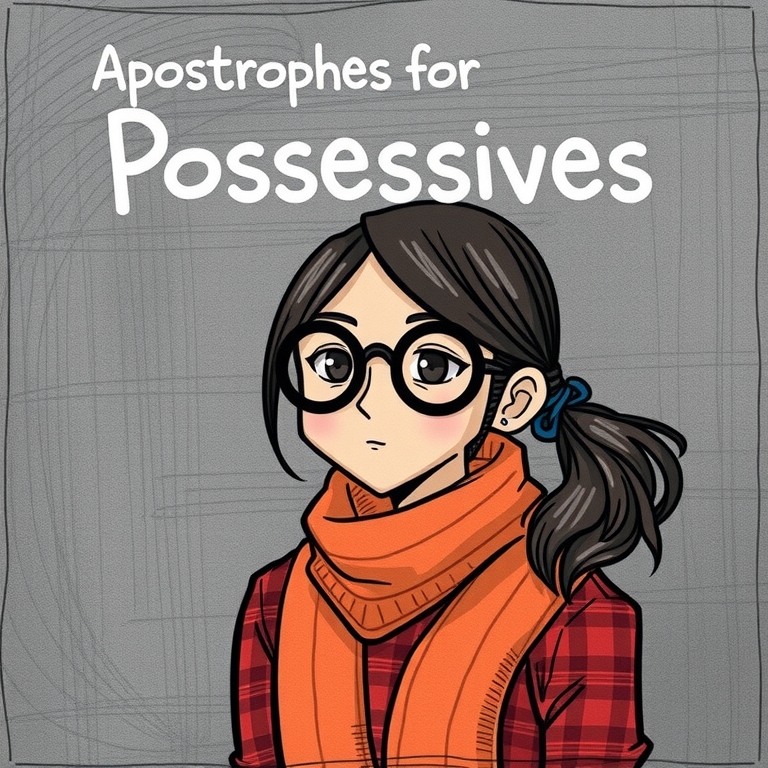
Apostrophes for Possessives Mastering apostrophes for possessives significantly improves your writing clarity. For singular nouns, simply add an apostrophe and an ‘s’ (e.g., the cat’s toy). If the noun already ends in ‘s’, you can add just an apostrophe (e.g., the boss’s office) or an apostrophe and an ‘s’ (e.g., the Joneses’ house). Choose the option that sounds better in context.
Plural nouns ending in ‘s’ only need an apostrophe after the ‘s’ to show possession (e.g., the dogs’ park). However, if a plural noun doesn’t end in ‘s’, follow the same rule as for singular nouns—add an apostrophe and an ‘s’ (e.g., the children’s playground). Remember consistency is key for a polished look. Proofread carefully to ensure correctness.
Irregular plural nouns like ‘men’ or ‘women’ require an apostrophe and an ‘s’ to indicate possession (e.g., men’s room, women’s clothing). Compound nouns have the apostrophe and ‘s’ added to the last word (e.g., my mother-in-law’s recipe). Pay attention to the noun you want to show ownership to place the apostrophe accurately.
When dealing with joint possession, add the apostrophe and ‘s’ only to the last noun in the sequence (e.g., John and Mary’s car). For separate possession, use the apostrophe and ‘s’ for each noun (e.g., John’s and Mary’s cars). Practicing these rules with examples will build your confidence and improve your grammar considerably.
-
Correctly Use Commonly Confused Words

Correctly Use Commonly Confused Words Many words in English are easily confused, leading to grammatical errors. Pay close attention to subtle differences in meaning. For example, ‘their,’ ‘there,’ and ‘they’re’ are often mixed up; ‘their’ shows possession, ‘there’ indicates location, and ‘they’re’ is a contraction of ‘they are’.
Another common mistake involves ‘your’ and ‘you’re’. ‘Your’ signifies possession (‘your book’), while ‘you’re’ is a contraction of ‘you are’ (‘you’re reading’). Practice using these words in sentences to solidify your understanding. Regularly review word pairs that frequently cause confusion.
Differentiating between ‘its’ and ‘it’s’ is also crucial. ‘Its’ is the possessive form (‘the dog wagged its tail’), whereas ‘it’s’ is a contraction of ‘it is’ or ‘it has’ (‘it’s raining’). Context is key; consider the meaning intended.
Finally, master the nuances of ‘affect’ and ‘effect’. Generally, ‘affect’ is a verb meaning ‘to influence’ (the weather affected the game), and ‘effect’ is a noun meaning ‘result’ (the effect was devastating). While there are exceptions, this guideline will serve you well in most situations.
-
Master the Use of Articles (A, An, The)

Master the Use of Articles (A, An, The) Mastering articles (a, an, the) significantly improves clarity and fluency. ‘A’ and ‘an’ signal singular, unspecified nouns; use ‘an’ before vowel sounds. Remember, it’s ‘a unicorn’ but ‘an hour’. This seemingly small detail greatly enhances your writing.
The definite article, ‘the’, points to specific nouns already mentioned or understood in context. For example, ‘I saw a dog; the dog was brown.’ Avoid overuse; let context guide your choice between definite and indefinite articles.
Practice identifying countable and uncountable nouns; articles behave differently with each. ‘I ate an apple’ (countable) versus ‘I drank some water’ (uncountable, no article needed). Regular practice strengthens this crucial grammatical skill.
Consider the context carefully when choosing an article. Sometimes, no article is needed (e.g., ‘I love cats’). Consistent application will transform your grammar. Practice using articles correctly in everyday conversations to build confidence.
-
Improve Your Word Choice (Diction)

Improve Your Word Choice (Diction) Precise word choice, or diction, significantly impacts clarity and impact. Instead of using vague words like ‘good’ or ‘bad’, opt for more specific alternatives. For example, replace ‘good’ with ‘excellent,’ ‘remarkable,’ or ‘adequate,’ depending on the nuance you intend.
Strong verbs and nouns add vitality to your writing. Avoid weak verbs like ‘is’ or ‘was’; choose action verbs that vividly convey your meaning. Similarly, replace generic nouns with more descriptive and precise options for stronger imagery.
Vary your sentence structure to avoid monotony. Mix simple, compound, and complex sentences to create a more engaging rhythm. This keeps your reader interested and prevents your writing from becoming tedious.
Mastering synonyms and understanding subtle differences in meaning is crucial for refined diction. A thesaurus can be helpful, but always check the context to ensure the chosen word fits perfectly. Practice consistently to improve your ability to select the most impactful word for each situation.
-
Active vs. Passive Voice
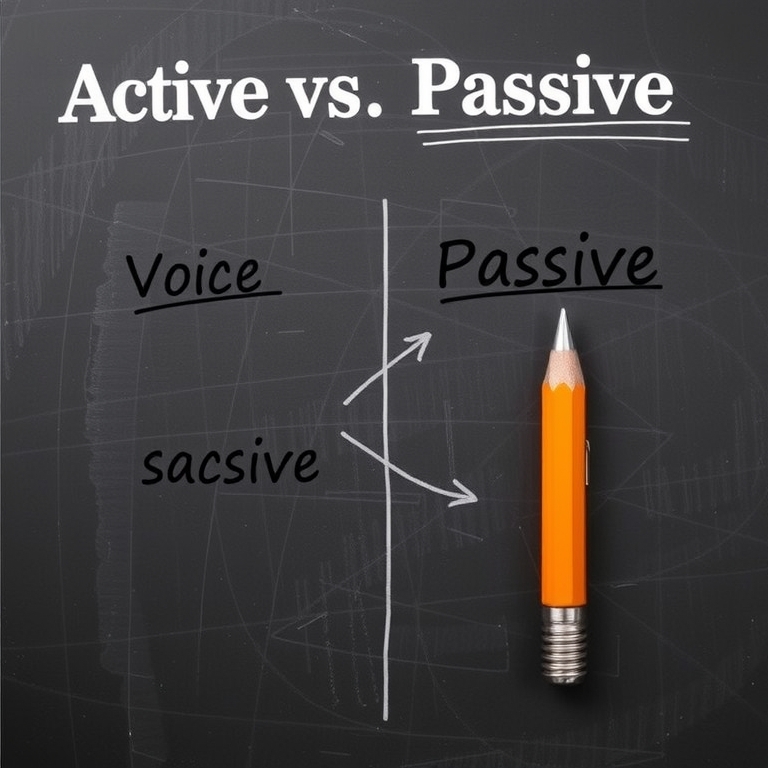
Active vs. Passive Voice Active voice generally makes your writing more direct and engaging. Instead of ‘The ball was thrown by the boy,’ try ‘The boy threw the ball.’ This simple change improves clarity and impact. Active voice is almost always preferred for stronger, more concise sentences.
Passive voice isn’t always wrong; it’s useful when the actor is unknown or unimportant. For instance, ‘Mistakes were made’ is better than speculating about who made them. However, overuse makes your writing weak and vague.
To identify passive voice, look for a form of ‘to be’ (is, are, was, were, etc.) followed by a past participle (-ed or -en). Rewrite sentences by making the actor the subject and using a strong action verb. This will often shorten your sentences too.
Practice makes perfect! Consciously try to use active voice more often. Read your writing aloud to catch any instances of weak passive constructions. Regularly reviewing your work for these errors will improve your writing’s precision and punch.
-
Proofread Carefully: The Final Step
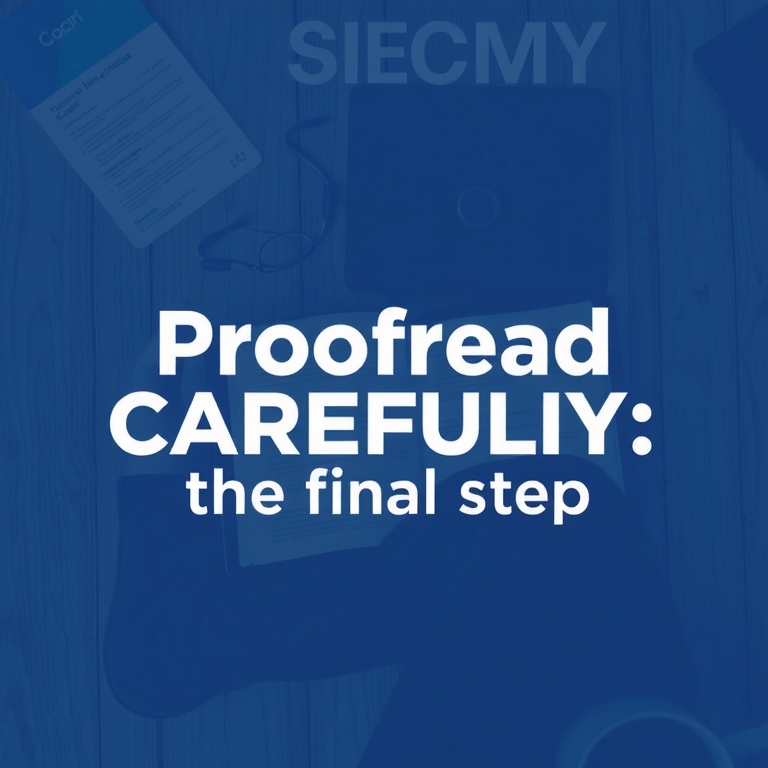
Proofread Carefully: The Final Step Always proofread your work at least once, ideally twice. Look for spelling errors, grammatical mistakes, and punctuation issues. Use a grammar checker tool for assistance, but don’t rely on it completely; human review is crucial.
Read your writing aloud; this helps catch awkward phrasing and sentences that don’t flow smoothly. Consider asking a friend or colleague to proofread your work for a fresh perspective. A second pair of eyes often spots errors you might miss.
Pay close attention to subject-verb agreement. Ensure your verbs match the number of your subjects. Check for proper tense consistency throughout your writing to maintain clarity and avoid confusion. Use a style guide for consistent formatting.
Review the overall clarity and organization of your document. Ensure your ideas are presented logically and concisely. Proofreading isn’t just about correcting errors; it’s about refining your message for maximum impact.
-
Practice Regularly: Consistency is Key

Practice Regularly: Consistency is Key Consistent grammar practice is crucial for improvement. Dedicate even short, daily sessions to focused exercises. Try using grammar apps, online quizzes, or working through practice books. Regular engagement reinforces learning and builds lasting grammatical skills.
Vary your practice methods to avoid monotony. Switch between different grammar exercises, focusing on specific areas like punctuation or verb tenses. Incorporate reading and writing tasks to apply learned grammar rules in context. This multifaceted approach strengthens understanding.
Focus on your weaknesses. Identify the grammatical areas you struggle with most and dedicate extra time to those. Use online resources or textbooks to clarify confusing rules. Consistent effort in your weaker areas will lead to significant improvement.
Don’t be afraid to make mistakes. Errors are opportunities for learning. Review your work carefully, identifying errors and correcting them. Seek feedback from others if possible, expanding your understanding of grammatical nuances.
Editor’s Recommendations
- Use online grammar checkers to identify potential errors.
- Read widely to improve your understanding of grammar in context.
- Practice writing regularly and seek feedback from others.
Conclusion
Improving your English grammar is a journey, not a destination. By consistently applying these tips and practicing regularly, you’ll see a significant improvement in your writing skills. Don’t be discouraged by mistakes; view them as learning opportunities.
Remember, clear and effective communication is vital. Mastering grammar empowers you to express your ideas with precision and confidence, opening doors to new opportunities.
